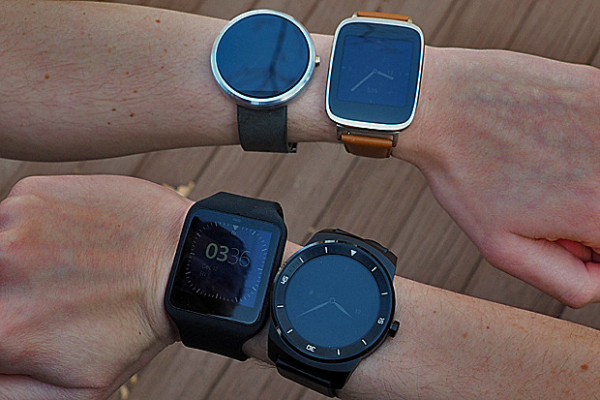Here are the Apple Watch dimensions:
- 38 mm model: 38.6 x 33.3 x 10.5 mm
- 42 mm model: 42 x 35.9 x 10.5 mm
And here are some of the dimensions of popular Android Wear devices:
- Asus ZenWatch: 51 x 39.9 x 7.9 ~ 9.4 mm
- LG G Watch R: 53.6 x 46.4 x 9.7 mm
- Moto 360: 46 x 46 x 11.5 mm
- LG G Watch: 46.5 x 37.9 x 9.95 mm
- Sony SmartWatch 3: 51 x 36 x 10 mm
- Samsung Gear Live: 56.4 x 37.9 x 8.9 mm
- Huawei Watch: 42 x 42 x 11.3 mm
Since we're just beginning the Smartwatch 2.0 era and we're waiting to see if smartwatches will gain traction with the mainstream consumer, there are two important questions to ask:
- How many women will wear a smartwatch?
- How many women will pay to wear a smartwatch?
If the answer to the first question isn't favorable (at least a few million), there's no point in even asking about the second one.
So when I look at the dimensions of these Android Wear 1.0 watches, the question comes up: how many women will wear a masculine-looking gadget on their wrist that is over 46 mm?
Apple, on the other hand, has designed a watch in a size suitable for women. Now, I'm not saying that all women will buy an Apple Watch, but I bet there will be a hell of a lot more women in the Apple Watch corner than the Android Wear corner.
